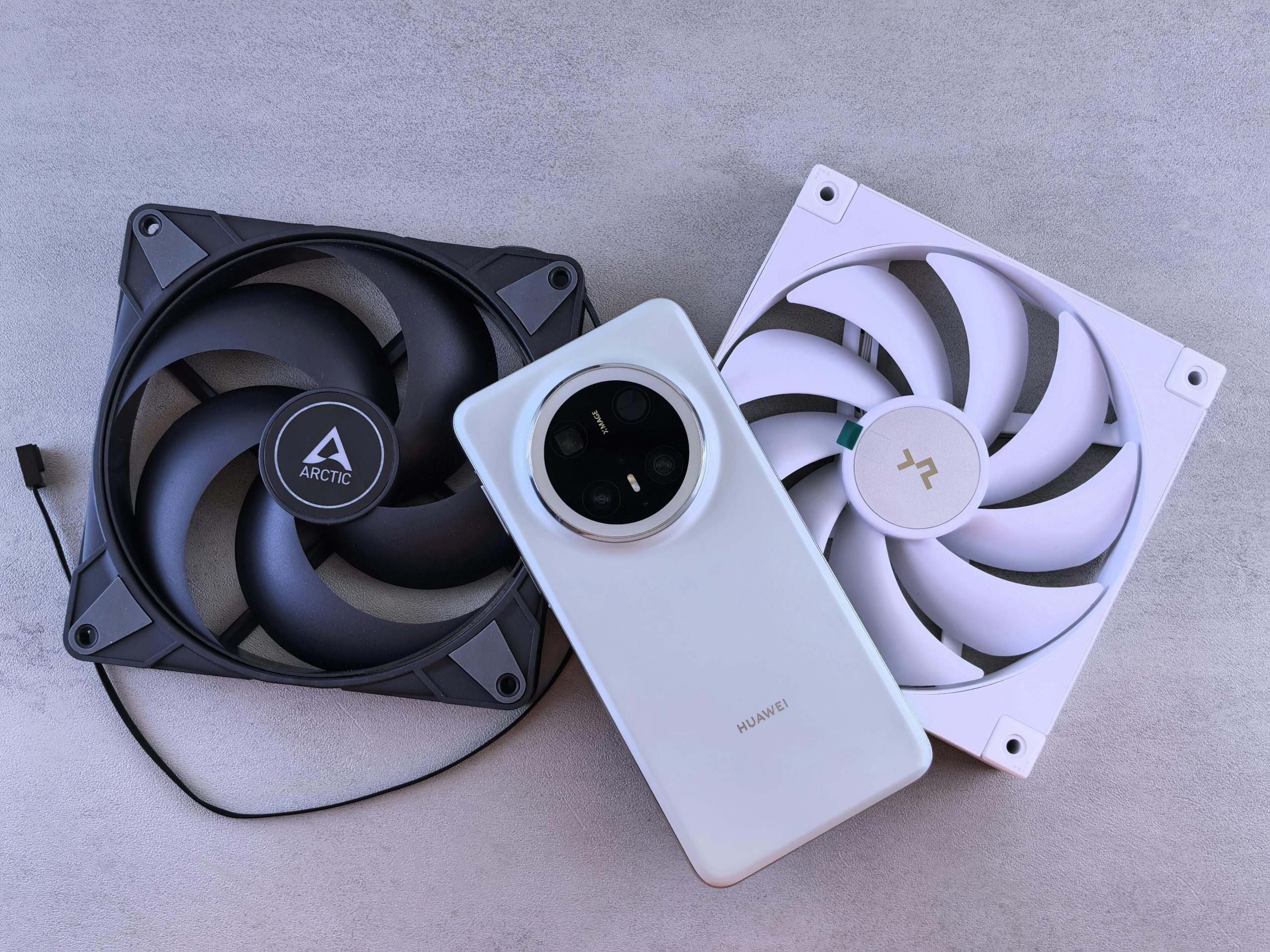The Growing Importance of Low-Power Consumption in Gadgets
In today’s world, gadgets have become an essential part of our daily lives. From smartphones to laptops, we rely on these devices to stay connected, entertained, and informed. With the increasing demand for gadgets, manufacturers are constantly trying to improve the functionality and features of their products. However, this constant advancement also brings along a major concern – power consumption. With the growing awareness of environmental sustainability and the need for energy efficiency, low-power consumption has become a critical factor in gadget development. In this article, we will delve into the growing importance of low-power consumption in gadgets and its impact on the industry.
The Need for Low-Power Consumption
The concept of low-power consumption in gadgets might seem like a recent development, but it has been around for a while. However, with the rise of energy-efficient electronics and the increasing focus on sustainability, it has gained more importance in recent years.
One of the main reasons why low-power consumption has become crucial is the growing pressure to reduce our carbon footprint and conserve energy. According to a report by the International Energy Agency, electricity demand from electronic devices is expected to triple by 2025. This staggering increase in energy consumption by gadgets not only has a significant impact on the environment but also poses a challenge for the power grid infrastructure.
Moreover, with the rise of portable electronic devices, battery life has become a major concern for consumers. No one wants to constantly charge their gadgets or carry around a power bank. Low-power consumption helps in extending the battery life of devices, providing convenience and better user experience.
Impact on the Industry
The growing importance of low-power consumption has had a significant impact on the industry. Manufacturers are now under pressure to develop products that are not only innovative but also energy-efficient. This has led to a shift in the design and development process, with a greater focus on energy efficiency. Companies are now investing in research and development to come up with new technologies and techniques that can reduce power consumption in their gadgets.
Moreover, as consumers become more environmentally conscious, they are inclined towards purchasing products that are energy-efficient and contribute to a greener environment. This has forced companies to incorporate low-power consumption as a selling point for their gadgets. In fact, many governments around the world have introduced energy efficiency standards for gadgets, further increasing the demand for low-power consumption technology.
Technologies and Techniques for Low-Power Consumption
The development of low-power consumption gadgets involves the use of various technologies and techniques. These include the use of energy-efficient processors, such as ARM-based processors, which offer better performance and consume less power. Another approach is the use of power management technology, which helps in optimizing power consumption by controlling the voltage and frequency of the processor.
Furthermore, the advent of Internet of Things (IoT) has also played a significant role in promoting low-power consumption in gadgets. With the ability to connect devices to the internet, IoT has enabled the use of sensors and smart systems that can detect and adjust power consumption based on usage. For instance, in smart homes, IoT devices can automatically turn off or reduce power consumption when not in use, resulting in energy savings.
Innovation and Future Prospects
The demand for energy-efficient gadgets is only going to increase in the future. As a result, companies are continuously innovating to come up with new and improved technologies for low-power consumption. Some of the latest developments include the use of Artificial Intelligence (AI) to optimize power usage, as well as the incorporation of renewable energy sources into gadgets, such as solar panels on smartphones.
Additionally, with the rise of 5G technology, low-power consumption will play an even more significant role. 5G networks require a vast number of small cells to provide coverage, and these cells must be powered efficiently to avoid excessive energy consumption. Therefore, the development of low-power consumption gadgets will be crucial in the implementation of 5G networks.
Conclusion
The growing importance of low-power consumption in gadgets is not just a trend but a necessity. It not only helps in reducing our environmental impact but also provides convenience and cost savings for consumers. With continuous innovations and advancements in technology, the future looks promising for low-power consumption gadgets. However, it is also essential for consumers to make conscious decisions and choose energy-efficient options to promote sustainability and contribute towards a greener future.










